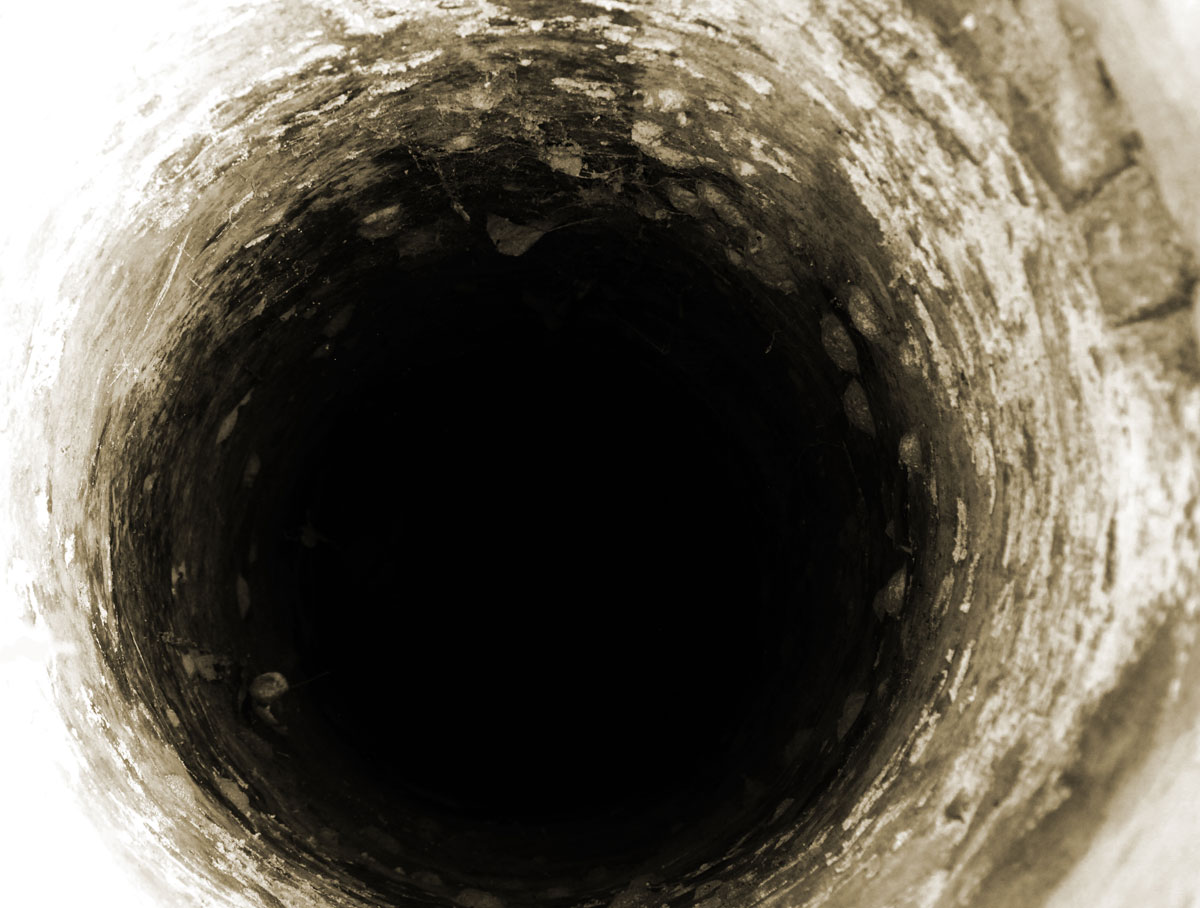Indus Civilization Did Not Develop Around Flowing River
A water well from an ancient civilization.
The Indus Civilization, one of the world’s oldest urban civilizations spanning across northwest India and Pakistan, flourished along a course abandoned by the major Himalayan river Sutlej, and did not develop around a flowing river as previously thought, scientists said Nov. 29, writes Aditi Khanna.
The Indus or Harappan Civilization was a Bronze Age society that developed from 5,300 to 3,300 years ago, at about the same time as urban civilizations developed in Mesopotamia and Egypt.
Scientists have found that much of the Indus civilization thrived around an extinct river, challenging ideas about how urbanization in ancient cultures evolved.
Archaeological evidence shows that many of the settlements in the Indus or Harappan Civilization was developed along the banks of a river called the Ghaggar-Hakra in northwest India and Pakistan.
Scientists had assumed that it flowed while the Indus urban centers grew, playing an active role in their development.
It has generally been thought that this was a major Himalayan river that dried up either due to climatic or tectonic changes.
The study, led by researchers from Imperial College London (ICL) in the UK and the Indian Institute of Technology (IIT) Kanpur, showed that a major Himalayan river did not flow at the same time as the development of Indus Civilization urban settlements.
This research shows how ancient urban centers did not necessarily need an active, flowing river system in order to thrive.
“The findings challenge our current understanding of how urbanization in many ancient civilizations began and grew in relation to natural resources,” said Sanjeev Gupta, from Department of Earth Science and Engineering at ICL.
“Contrary to current belief, it was the departure of a large river, rather than its arrival, that triggered the growth of Indus urban centers,” said Gupta.
The study, published in the journal Nature Communications, shows the Sutlej River – a major Himalayan river – used to flow along the trace of the Ghaggar-Hakra river but rapidly changed course upstream eight thousand years ago.
This meant that three thousand years later, when the Indus people settled the area, there was only an abandoned large river valley occupied by seasonal monsoon river flow instead of a large Himalayan river.
The researchers say the time gap between the river shifting course and the Indus Civilization settlements appearing rules out the existence of a Himalayan-fed river that nourished Indus Civilization urban settlements along the river channel.
The team were also able to pinpoint what the original source of the river sediments had been, showing that the Himalayan Sutlej River had once flowed along the Ghaggar-Hakra dried river channel, or palaeochannel.
They found that after the Sutlej River changed course, the scar it left in the landscape acted as a topographic low to capture river flow during the monsoon.
This meant that despite not living along a permanent river, the Indus settlements still benefited from a water source.
“We now know that, given the right conditions, valleys that have lost their rivers can still serve as a water source,” said Rajiv Sinha from the IIT Kanpur.
“The civilization would also not have been threatened by the risk of devastating floods that living next to a big river brings,” Sinha said.
Most major ancient urban civilizations, such as Egypt and Mesopotamia, formed around big rivers, so the implications of these findings extend well beyond the Indus.
Research in this area has been focusing on the role of rivers drying up leading to abandonment of urban centers by ancient communities.
However, the researchers in today’s study suggest their work could help archaeologists to take a fresh look at the development of urbanization in early civilizations.


